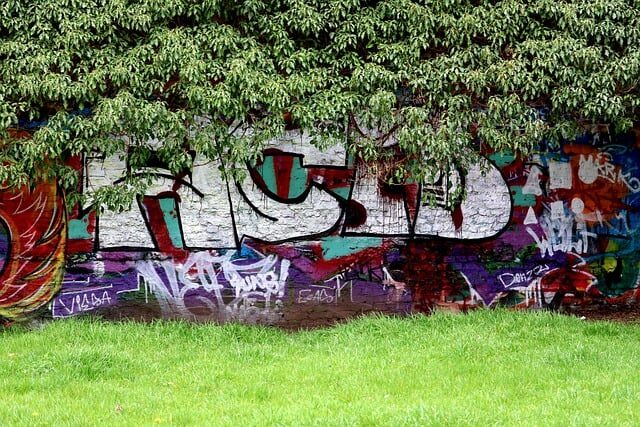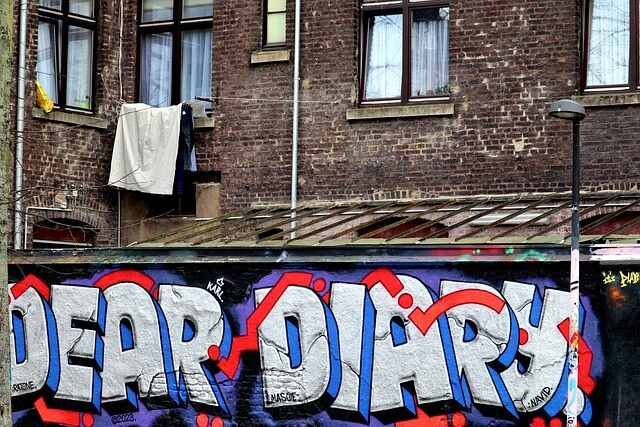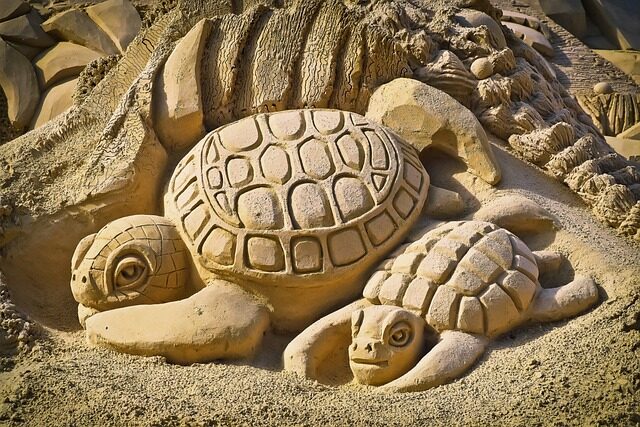The rich tapestry of Nordic modern art movements has long captivated observers with its unique blend of tradition and innovation. Originating from the Nordic countries, these artistic expressions have made a significant mark on the global art scene.
These movements, encompassing a variety of disciplines, have not only illustrated the cultural heritage of Denmark, Finland, Iceland, Norway, and Sweden but have also significantly contributed to the broader narrative of modern art.
- What are the key characteristics of Nordic modern art movements?
- How have Nordic modern art movements influenced contemporary art?
- What are some notable examples of Nordic modern art movements?
- Which artists are associated with Nordic modern art movements?
- How do Nordic modern art movements reflect cultural heritage?
- What is the connection between Nordic modern art movements and design?
- What are the key characteristics of Nordic modern art movements?
- How have Nordic modern art movements influenced contemporary art?
- What are some notable examples of Nordic modern art movements?
- Which artists are associated with Nordic modern art movements?
- How do Nordic modern art movements reflect cultural heritage?
- What is the connection between Nordic modern art movements and design?
What are the key characteristics of Nordic modern art movements?
Nordic modern art is distinguished by its minimalist aesthetic, profound connection to nature, and often, an introspective quality that reflects the region’s cultural ethos. Among its defining features are:

- A penchant for simplicity and functionality in design.
- An emphasis on natural light and muted color palettes, mirroring the Nordic landscapes.
- The use of organic materials and textures that speak to the environmental consciousness of the region.
- A celebration of craftsmanship and the handmade, often blurring the boundaries between art and design.
These characteristics not only define the art form but also resonate within the larger frame of Scandinavian design and architecture.
How have Nordic modern art movements influenced contemporary art?
The influence of Nordic modern art movements on contemporary art is unmistakable. They have:
- Propelled the popularity of minimalist art, inspiring artists globally to embrace reduction and restraint in their work.
- Championed an integrated approach to art and living spaces, influencing the way modern interiors are conceived.
- Paved the way for environmental art, foregrounding the need for sustainability and ecological balance.
Indeed, the global influence of these movements continues to shape the discourse around modern and contemporary art.

What are some notable examples of Nordic modern art movements?
Several movements stand out when exploring the landscape of Nordic art, such as:
- The COBRA movement, which included artists from Copenhagen, Brussels, and Amsterdam and was known for its spontaneous and expressive works.
- The Finnish November Group, emphasizing constructivism and abstract art.
- The Høst group from Denmark, which explored abstract expressionism.
These examples illustrate the diversity and richness of the Nordic modern art movements that continue to inspire artists and collectors alike.
Which artists are associated with Nordic modern art movements?
Key figures in Nordic modern art movements include:

- Edvard Munch, whose iconic work «The Scream» has become a symbol of existential angst.
- Helene Schjerfbeck from Finland, known for her hauntingly introspective portraits.
- Asger Jorn, a Danish painter and a founding member of the COBRA group.
These artists, among others, have brought international attention to the innovative spirit of the Nordic art scene.
For a closer look at the impact of these movements, let’s check out a visual representation. Here’s a video highlighting some of the most influential Nordic modern art.

How do Nordic modern art movements reflect cultural heritage?
Nordic modern art is deeply intertwined with the region’s cultural heritage, often drawing inspiration from:
- Local myths and legends, such as those from the Viking Age.
- Folk traditions and crafts, which inform the motifs and techniques used in art.
- The stark and stunning Nordic environment, from fjords to forests, shaping the thematic content of the artwork.
The reflection of cultural heritage in Nordic art not only preserves tradition but also reinterprets it for the modern age.
What is the connection between Nordic modern art movements and design?
The bond between Nordic modern art movements and design is undeniable, with both realms sharing:

- A love for minimalism and functionality.
- An appreciation for natural materials and sustainable practices.
- A focus on clean lines and forms that serve both aesthetic and practical purposes.
This symbiotic relationship reinforces the Nordic ethos of beauty in utility and the seamless integration of art into daily life.
In conclusion, Nordic modern art movements offer a window into the soul of the region, one where nature, design, and heritage converge. Their legacy not only endures but continues to evolve, influencing contemporary artistic practices and sensibilities around the world.

